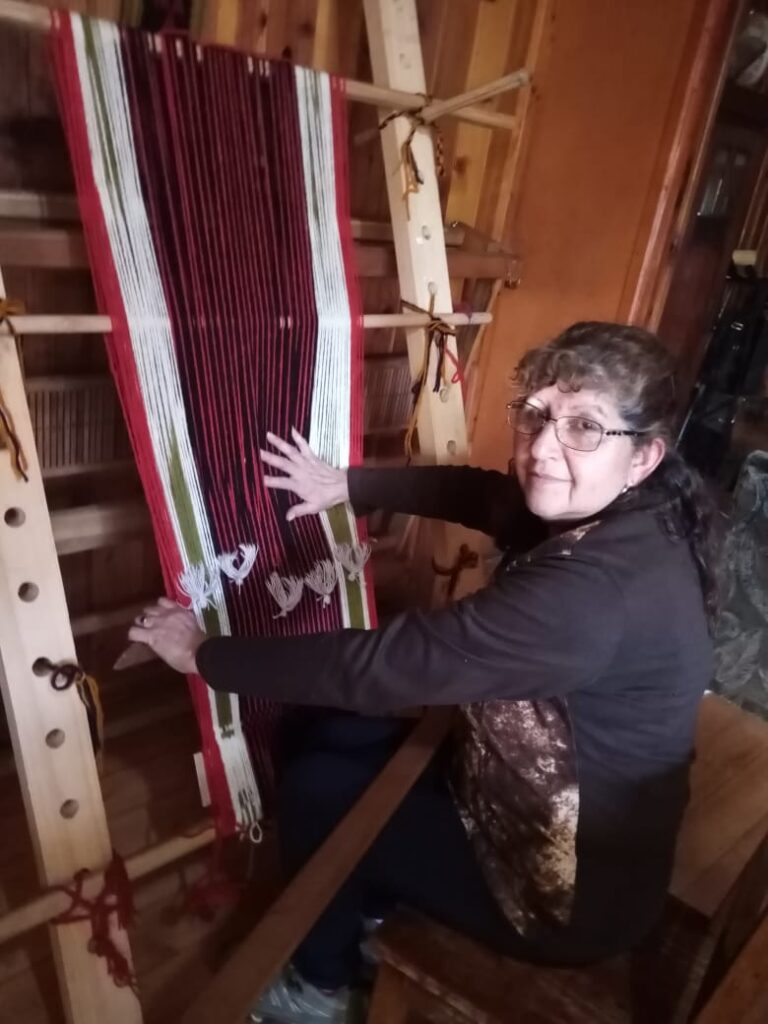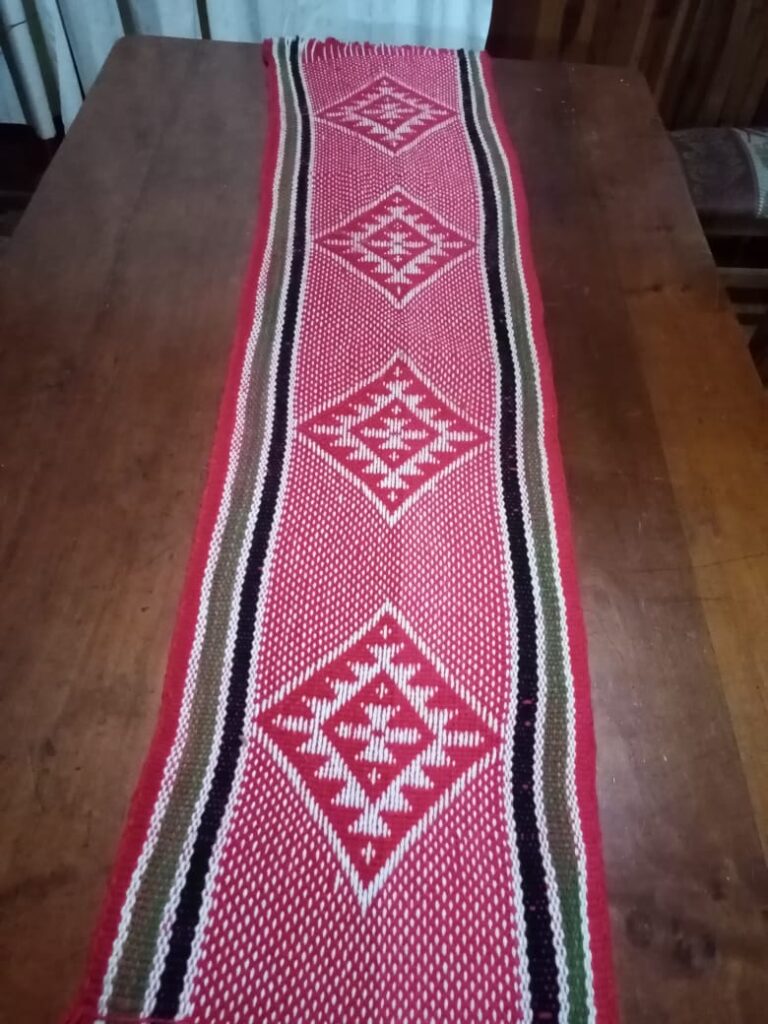CHILE. Loncoche. Huddled beneath the shadow of the magnificent Villiraca volcano lies a sleepy town with a story. Just south of Temuco, in the indigenous Araucanía region, one resident is doing her part to preserve a little known tradition.
While the Quechua people of Andean South America have been internationally recognized for their colorful, quality textiles; the Mapuche of southern Chile and Argentina are working to keep their weaving heritage alive.
An untold Pre-Colombian trade network
Evidence of Mapuche textiles with elaborate designs dates back as far as the 14th century. Ponchos, clothing, and blankets were among the most produced items, which were considered to be both durable and of high quality. Ponchos made by the Mapuche were considered far superior to the contemporary wool garments of European settlers.
An important yet lesser-known aspect of this artistry was its use for trade. There´s documentation up until the 19th century that Mapuche textiles were hot commodities in regional trade. A well-made poncho could be exchanged for upwards of three horses or 70 kilos of yerba mate (tea).
Even today, indigenous families create these distinctive fabrics as a means of both income and occasional trade in rural communities.

Photo credit: Thing Link
Preserving indigenous art in a modern world
Knowledge of how these intricate garments are made is passed down through generational families. The technique, designs, dyes, and other vital elements are bequeathed to daughters and then to granddaughters through oral tradition.
Read also Textile Artist Raises Funds to Support Filipino Indigenous Community
Flor Angel Rojas Sáez lives in the small town of Loncoche. It´s a classic rural Chilean town in the sense that the people are friendly, the roads are bumpy, and time seems to stand still. Tucked within a grove of cherry trees is Flor´s picturesque wooden home, where she has practiced the traditional art of weaving since she was 30 years old.

“I learned from my mother to weave and make textiles. First garments such as vests, scharpe, and blankets. Then I started spinning and preparing sheep’s wool, little by little, I was doing other jobs,” Flor explained in an interview with Transcontinental Times.
She also described the tools and techniques used in her artistry. “I do all of my work on a loom. I started using the Mapuche technique about five years ago, which is a very old way used in Mapuche culture.”
This style of weaving is characterized by a variety of designs and also, its complexity. Sheep´s wool is the most common material used in the making of traditional Mapuche garments, which is appropriate for the humid and often cold climate of southern Chile. However, warmer and more expensive llama wool is also used on occasion.
Customarily, garments are ranked by their value and importance. “I can say without a doubt that the most important in terms of significance, due to the variety of their designs and their symbols, is the girdle of the adult woman. After that, it´s the trarilonco, a narrow girdle that men use as a headband on their forehead. Then the poncho, blankets, and matra among others,” Flor elaborated.
Few people are practicing traditional Mapuche loom methods these days, but Flor has worked to preserve her heritage in brilliant, living color. When asked how creating traditional textiles has impacted her life, she replied, “Learning the Mapuche loom has been, for me, the most captivating activity I have done in the field of weaving. The knowledge of its technique and the designs that characterize it, along with the rich combination of geometric drawings and colors that are worked on both sides.”

Showing support for local artisans
While many places in the country claim to sell authentic Mapuche textiles, some places are better bets to spend your money than others. The Indigenous Art Exhibition Center near San Lucia Hill in Santiago is a great place to start. Here you can find 100% indigenous handcrafts, the sale of which directly benefits the local artist.

